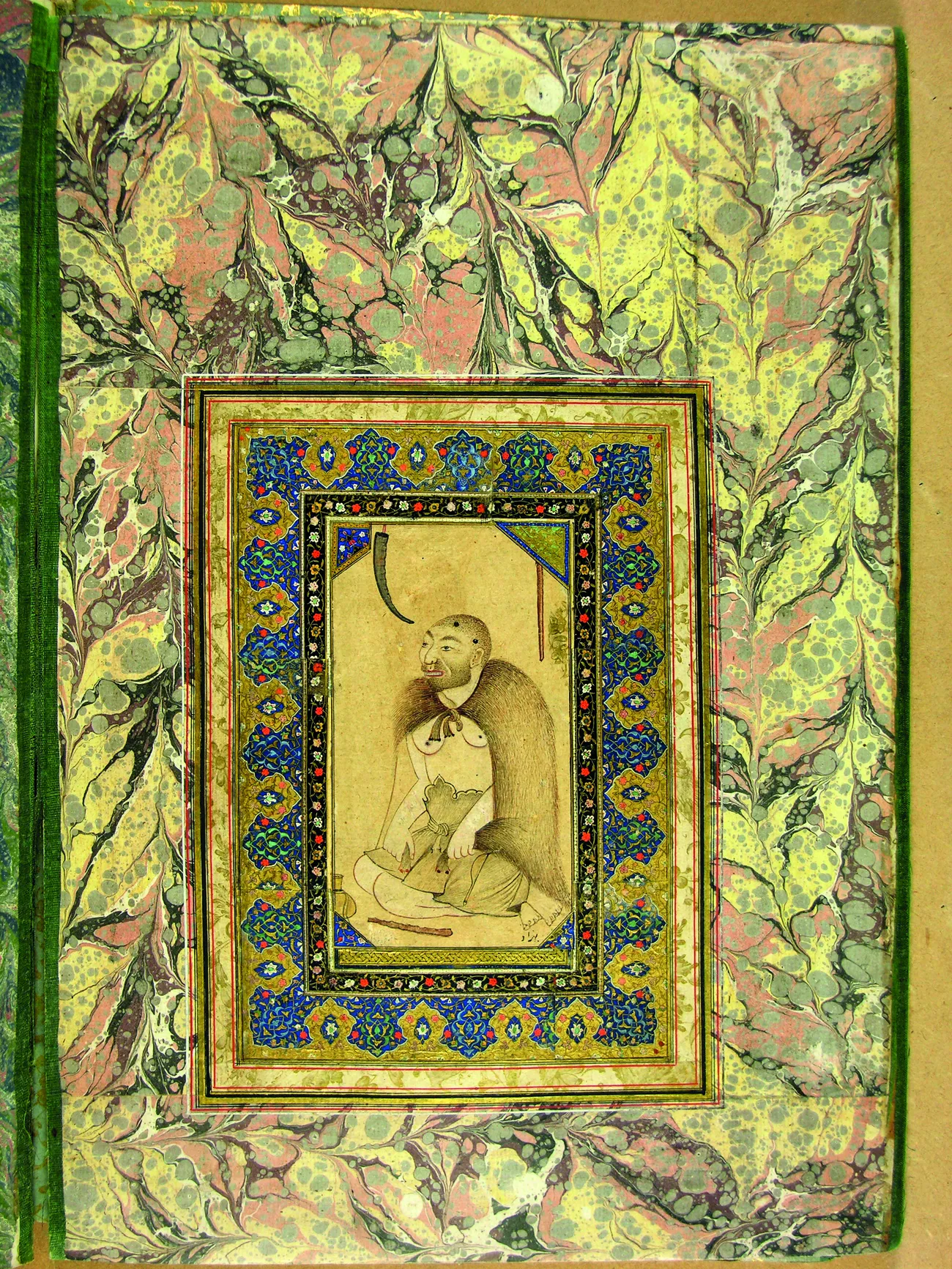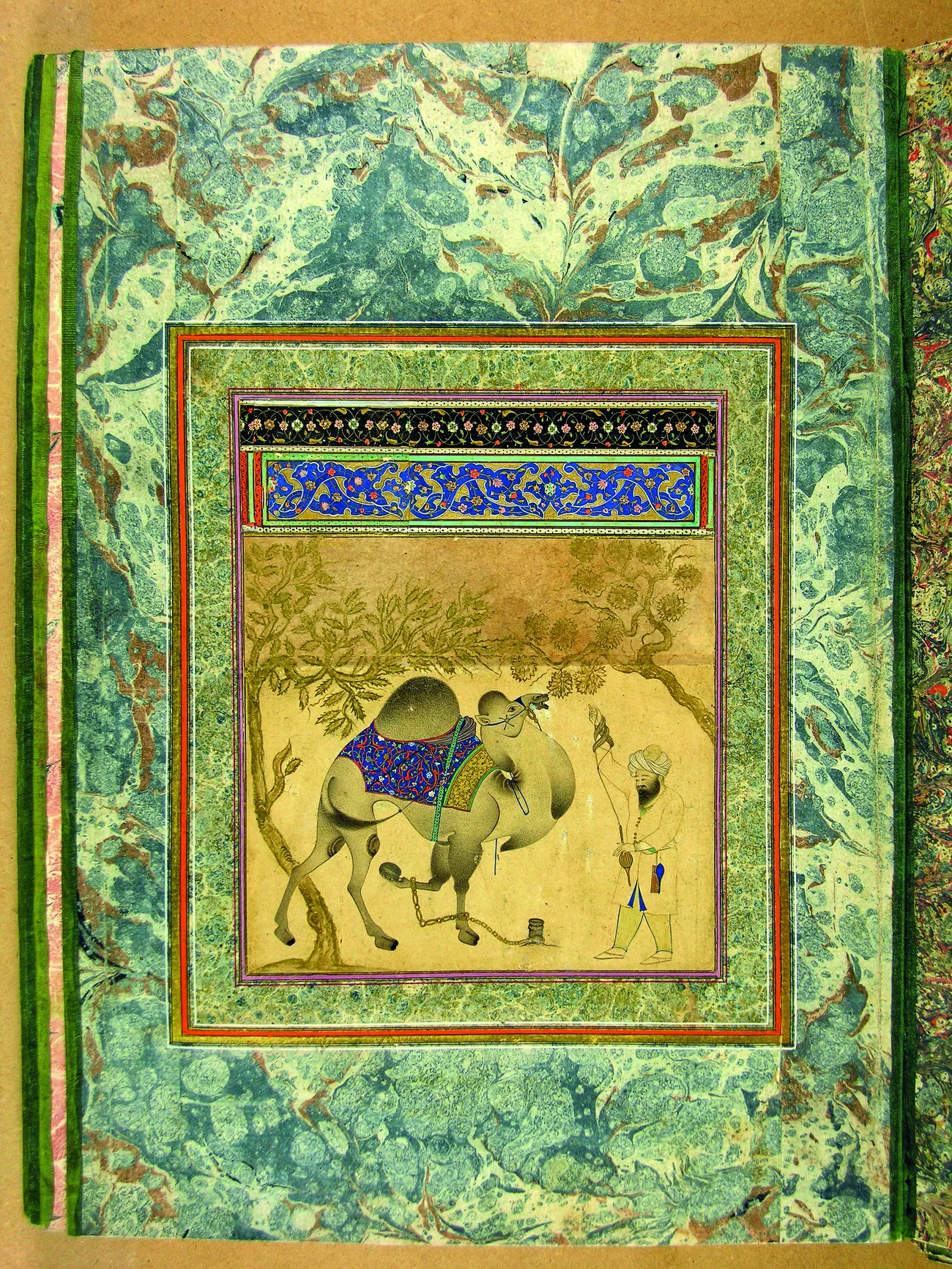The description of Kamolddin Behzod's work by the Russian artist and fine art theorist Wassily Kandinsky clearly proves this: "Dizzying complexity and barbaric simplicity."
By Islamic tradition considers Mani the founder of the art of painting, an irreplaceable and unsurpassed master artist, and his famous work Arzhang is the most outstanding artistic work of antiquity. Contemporaries and later generations of artists and connoisseurs of the fine art of Oriental miniatures consider the famous Herat master of the last quarter of the 15th – first quarter of the 16th centuries Kamal ad-din Behzad to be the second most important artist after Mani.
The best chroniclers and educated people of the past wrote about him: the historian Khondamir (Khwandamir); the Persian calligrapher, artist and art connoisseur Dust Muhammad; Mirza Haidar, the historian and warrior; Babur, the founder of the Baburid (Mughal) Empire in India; calligrapher and artist Qazi Ahmad, and others.

His work also had a great impact on Russian and Western European artists.
In his article dedicated to the exhibition, Vassily Kandinsky wrote, “It was hard to believe that that could be created by human hands! It seemed that you were standing in front of something that was born on its own, that was given by heaven as a revelation». in miniature "unconnected is connected", where there is "dizzying complexity and barbaric simplicity", as elegant as the feelings of people in their age-old dreams. In some miraculous way, he managed to combine the first image, as simple and lively as the bright, empty inner impressions (which we Europeans mistakenly consider to be “decorative”, having a permanent advantage and not extinguished by anything) with bright and varied details.
Henri Matisse, a French painter, engraver and sculptor, one of the main artists of the modernist era, had to significantly change his creative style after visiting the "Exhibition of Muslim Art" in Munich in 1910, where Bekhzod's miniatures were exhibited.
If Eastern writers compared Bekhzod with Moni, then European researchers called him "Raphael of the East". For all of them, Behzod was not only a person who perfectly generalized the creative experience of the previous painters of Baghdad, Tabriz, Shiraz, Samarkand or Herat of the Shahrukh and Baysunkur period, but also revived it, laying a new direction in art in subsequent centuries, became a symbol of the artistic achievements of his time.

For all his popularity as an artist, the master’s biography is blurred and can only give a general idea of his life path. His works kept in many museums and private collections around the world, whereby the attribution of some is controversial, have not yet been fully identified and do not provide an opportunity to present a complete list of his original works.
Source: book-album KAMAL AD-DIN BEHZAD: “THE ONE WHO SHAMED MANI” of the project "Cultural legacy of Uzbekistan in world collections".
The general sponsor of the project "Cultural legacy of Uzbekistan in the world collections" is the oilfield services company Eriell Group.

